Upcoming Biltmore reflections! Opening new rooms. Me as the primary spokesperson for Biltmore including Good Morning America! Getting a private tour of the White House. And more. Come along! This article is for paid subscribers but unpaid subscribers get a taste of my Biltmore reflections.
During much of my seven years as curator of Biltmore House I lived in a space between excitement about all that I was learning, and frustration at how overwhelming it felt at times. This story blends a bit of both.
Soon after I arrived at Biltmore, I realized that they had probably the best documentation of any historic house museum in the country. Architectural drawings. Landscape drawings. Letters. Diaries. Construction receipts. And, one of my favorites – fun telegrams sent to George Vanderbilt from his guests after they left Biltmore from each of their train stops, thanking him for his hospitality. Or, maybe my favorite was the guest book signed by all of George's guests... So many incredible documents!
![Hunt, R. M. (ca. 1889) Biltmore, estate for George Washington Vanderbilt II, Asheville, North Carolina. East elevation, rendering. North Carolina Biltmore Asheville, ca. 1889. [New York, New York] [Photograph] Retrieved from the Library of Congress, https://www.loc.gov/item/2016650202/. Hunt, R. M. (ca. 1889) Biltmore, estate for George Washington Vanderbilt II, Asheville, North Carolina. East elevation, rendering. North Carolina Biltmore Asheville, ca. 1889. [New York, New York] [Photograph] Retrieved from the Library of Congress, https://www.loc.gov/item/2016650202/.](https://substackcdn.com/image/fetch/$s_!5U36!,w_1456,c_limit,f_auto,q_auto:good,fl_progressive:steep/https%3A%2F%2Fsubstack-post-media.s3.amazonaws.com%2Fpublic%2Fimages%2F64d48ada-6137-4bff-8a31-e21790888670_1280x896.png)
Historical, operational, and cultural information is preserved in archives. Yes, museums have archives, but you also find archives in organizations as big as the U.S. National Archives and as small as your local historical society. Documents in this multitude of types of organizations might include administrative records and faculty papers in college archives. Special historical collections in libraries. Copies of legislation and public service documents in government archives. Company history and patent documentation in corporate archives. Correspondence and sermons in religious archives. Patient records and research findings in hospital archives. And recordings and photos in media archives.

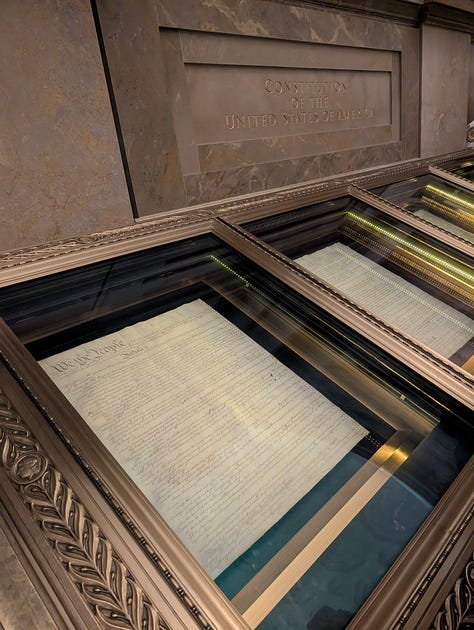
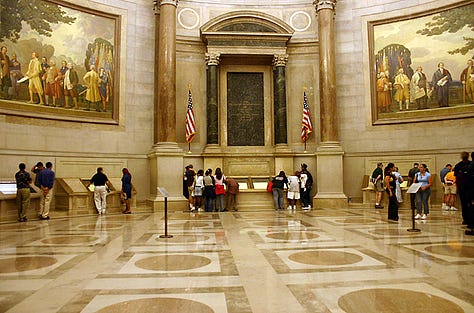
We often think of archives as dusty, musty collections in back rooms that are rarely utilized. In fact, archives are often an integral link between an organization’s past and present. Museums, historic sites, and cultural organizations utilize their archives for many reasons. Documentation can inspire exhibits, tours, and educational programs. Diaries, letters, and photos provide personal stories about the people connected to the museum or organization. Maps, legal documents, and newspapers place the organization within a larger social, political, and historical context. And inventories, journals, and photographs provide documentation to assist with historically accurate interpretation for historic house museums and other historic sites.
Of course, I didn’t know all this. I had an inkling of what archives were, how they functioned, and how a well-organized archive might benefit Biltmore. But I had to grow my knowledge.
I took a course in archival management. It was in Birmingham, Alabama, through the American Association of State and Local History. The week-long course was taught by the director of the Alabama State Archives. I learned so much! Ethics and legal issues. Finding aids. Preservation and care. Access for researchers. And more.
I returned to Biltmore fired up! I shared an overview of what I learned and why it was important to put a focus on the archival materials with my boss and his boss. Then I secured money in my curatorial budget to begin organizing the archives. My initial request was for $200 (back in the day!) to purchase metal shelving to begin organizing the materials. At that point, the archival materials were all stacked and piled willy nilly into cardboard boxes up in the Observatory. Landscape and architectural drawings were rolled up and standing in cardboard boxes. Construction receipts, in nicely dated boxes from Mr. Vanderbilt’s time, were scattered all over the room. Other cardboard boxes had a mishmash of documents, diaries, journals, and loose papers.
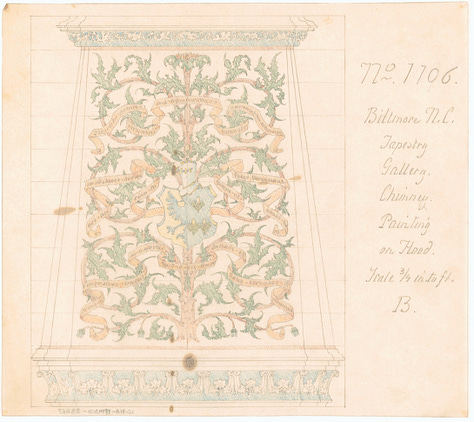
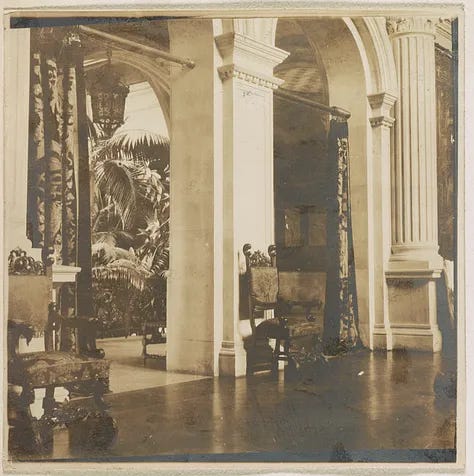
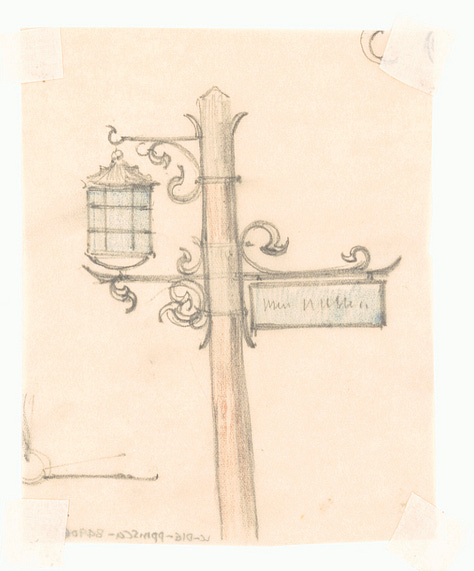
NOTE: The images above are from the Library of Congress, similar to what’s in the Biltmore archives.
I talked with my staff about some of the steps I wanted us to take to begin upgrading the archival collection. The shelving arrived and was put together in a room in the Bachelor’s Quarter, above the Smoking Room and the Gun Room. We would move everything from the Observatory, on the top floor of Biltmore House just off the Grand Staircase, over to a room in the Bachelor’s Quarters.
Moving day arrived!
I told my staff to head over to the Observatory and I would join them as soon as I made a quick phone call. As I got off the phone, I heard voices and the pounding of footsteps coming back up the stairs to my office. Silverfish had invaded everything!



